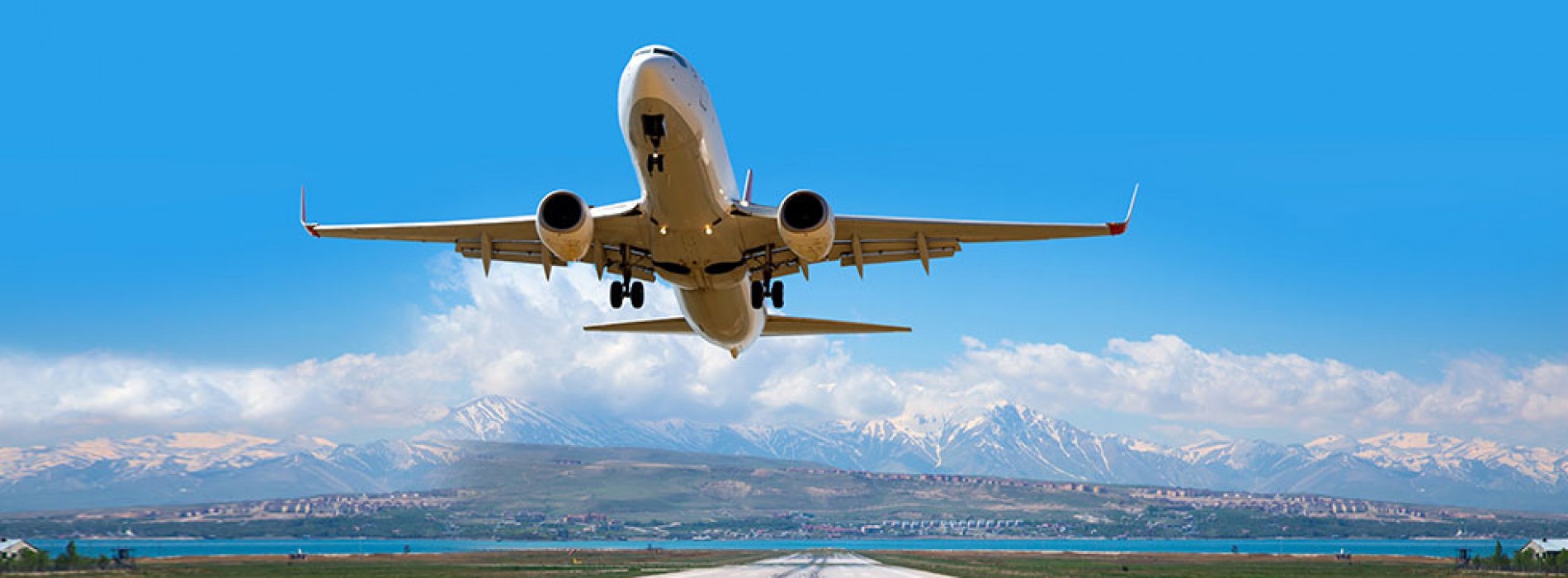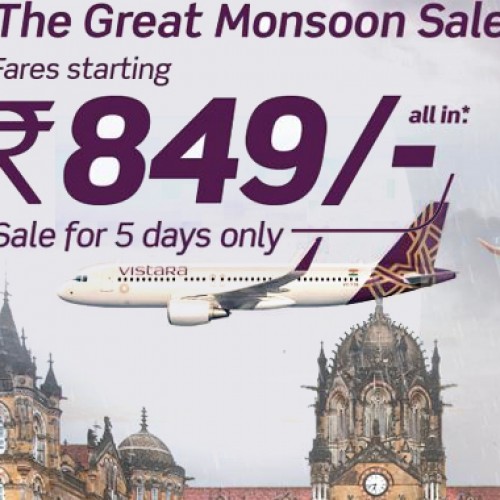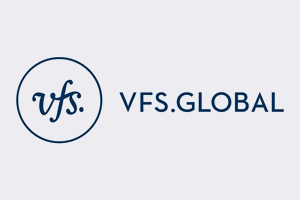Narendra Modi government providing growth-centric environment for aviation to drive secular growth says Morgan Stanley
As the world’s third-largest and fastest-growing aviation market, India presents one of the globe’s biggest such growth opportunities, benefiting much of the country’s aviation value chain.
As the world’s third-largest and fastest-growing aviation market, India presents one of the globe’s biggest such growth opportunities, benefiting much of the country’s aviation value chain. We forecast a 13% domestic passenger volume CAGR, FY16-26, and a $25-billion capex. In 2016, India became the third-largest aviation market in terms of domestic passenger traffic. Domestic air passenger traffic reached 100 mn in 2016, behind only that of the US (719 million) and China (436 million), and ahead of Japan (97 million). Macro and demographic tail winds and a growth-centric environment being created by the government should drive secular growth. There are several air travel growth drivers in India: Strong economic growth, expansion of the middle class, strong tourism growth and low air travel penetration rates. The key catalyst for growth, however, is the new proactive government intervention to accelerate air travel penetration through the regional connectivity scheme, with a focus on building airport infrastructure. Share gains at the expense of railways should also help; we expect the share of air travel in the country’s transport mix to double over the next decade.
Under investment in airport capacity over the past decade, and the consequent 90%-plus capacity utilisation at key metro airports, has created both the necessity and the opportunity for capex in India’s airports. We forecast a capex of $25 billion over the next decade, including that for additional runway, terminal, and city-side capacity. Growth across aviation verticals will also yield more jobs; currently the industry employees 2,00,000 people directly and around 1.2 million across the value chain, and this number could nearly double over the next decade. There are many ways to play the theme, such as airlines, airport developers, EPC (engineering, procurement and construction) majors, aircraft OEMs and OTAs (online travel agents). Key risks to our thesis are any sharp rise in the crude oil price is the most potent risk; that could prompt higher airfares and consequently temper pax growth. Another key risk could be slow progress on airport capex, making airports the bottleneck to aviation growth.
The growth will not be linear — it never is — and after two years of 20% plus growth we think the industry growth will moderate in FY18. We also believe that with incomes rising, airlines growth will become more secular, and not be highly cyclical as in the past.
You might also like
Odisha introduces land regulation for industrial development
Welcome initiative as State sets its goal to become Manufacturing Hub of the East One of the key impediments for industrial development in the country is not just availability of
After IndiGo, now Vistara offers discounts with fares starting Rs 849
Tata Group’s full service carrier Vistara on Tuesday kicked off a monsoon sale with all-inclusive fares starting at Rs 849 in economy class and Rs 2,099 in premium economy, close
Tigerair rings in the Monsoon cheers with ‘Fly to Singapore for free’ offer
Passengers can avail complimentary ticket to Singapore on booking round trip fares Welcoming the monsoon season in India, Tigerair – the leading Singapore-based budget carrier, today announced its special ‘Fly








